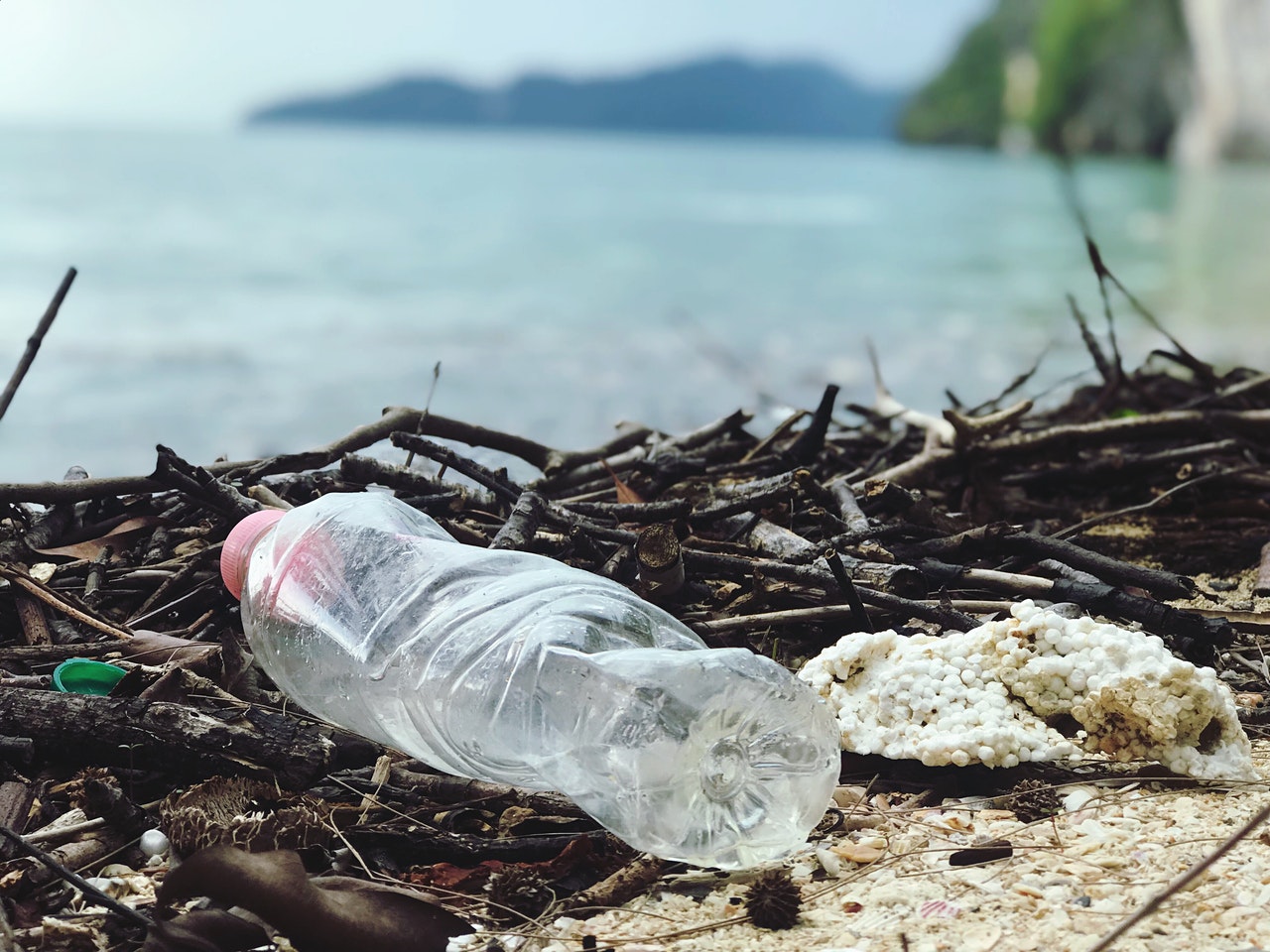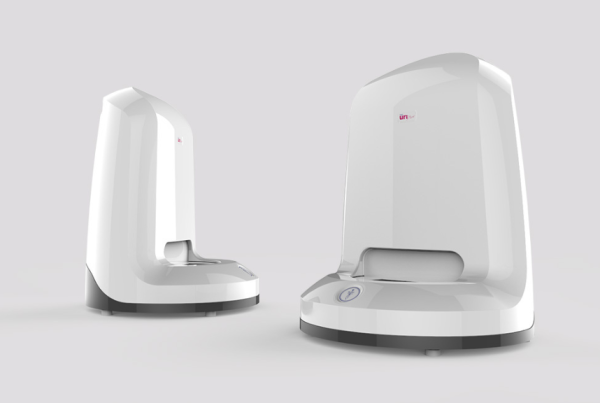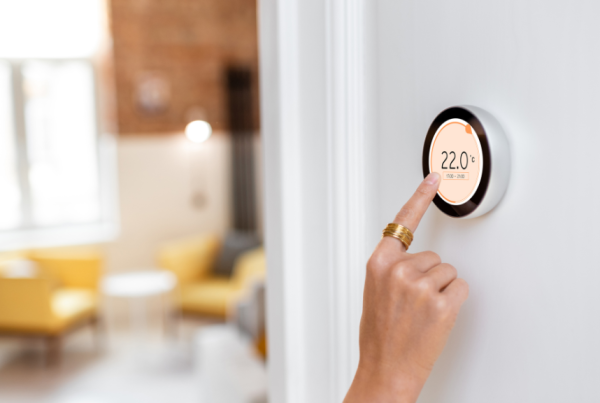Sustainable practices within the global markets are constantly emerging, with a product’s environmental impact increasingly influencing how a product is manufactured and packaged. However, the majority of consumers still seem more concerned about convenience and price. With that in mind, companies need to do more to convince shoppers that a product’s eco-friendliness is just as, if not more important now, than brand or price.
Eco-conscious consumers give preference to sustainable products and businesses, but most consumers aren’t truly eco-conscious. Some may say they are, but cost or whether a product is perceived as cool or not will tend to determine if it’s purchased. The world of product design is changing though, as where there’s a demand for sustainable practice, designers need to adapt and explore their options within the market, or they’ll quickly be left behind.
It doesn’t have to be this way. Sustainability can provide a positive influence on a product’s development and indeed its whole life cycle. At 4D Products, we passionately believe change needs to happen.
If you share our passion, and want to make your next product as sustainable as possible, we have the tools and knowledge to help you make a difference.
With that said, let’s take a closer look at the way sustainability is influencing product design, and what it means for your business.
The Different Ways Sustainability is Influencing the Design of New Products
Several recent studies and surveys have confirmed that modern customers are willing to pay more for environmentally safe products. Consumers enjoy green products that are made from recycled materials, come from sustainable sources, and don’t use any toxic materials or harmful packaging.
Sustainability’s a hot topic and, earlier this year, the UK Government launched the Sustainable Innovation Fund, designed to help power the UK’s economic recovery and develop new sustainable opportunities for businesses.
There are a number of ways to re-align your product design with sustainable principles. Here are just a few ways that sustainability should be influencing your product design process.
Environmental Impact Review & Assessment
It’s easy to suggest that you can improve the sustainability of your product. But where do you begin? How do you identify the processes that are environmentally friendly and the ones that aren’t?
There are a number of bodies out there that are helping firms measure the environmental impact of their materials, chain supply, and production. Take for instance ‘Blue Angel’. This is the ecolabel of the German federal government that has awarded thousands of products and companies their ‘Blue Angel’ seal of approval after they took meaningful action to design sustainably.
With modern development of products, it’s important to analyse your company’s sustainable performance, and spot areas for improvement. That includes a lifecycle assessment, considering the product’s end-of-life scenarios, and what’s likely to happen to the materials when they are no longer required.
Eco-friendly Design
If you’re designing with the environment in mind, this should be ever-present in the conceptual design stage of a product, and there are several different ecological approaches you can use.
Green Design aims to reduce the environmental impact of a product by redesigning individual qualities of an item, focusing purely on isolated product issues. Ecodesign, on the other hand, focuses on reducing the environmental impact of the product’s whole lifecycle. From sourcing the raw materials to finding suitable disposal, Ecodesign should be a vital part of modern product design development.
Emotionally Durable Design (EDD) and Cradle-to-Cradle Design (CCD) are two other sustainable design approaches now being used in industry. While each of these approaches has a different focus, the main aim is to design out waste, ensure the entire product can be deconstructed, and that the materials employed are recyclable.
Environmentally Friendly Materials
Materials are another obvious influence that sustainability is having on product design. Low impact materials such as recycled, renewable, or sustainably sourced materials are becoming more and more available for designers.
The packaging is also important, and many companies that refuse to incorporate sustainable packaging are rightly criticised. Packaging should help the user get maximum value from the product, but it’s materials should also have a low effect and be easily recyclable. If this isn’t the case, they shouldn’t be included at all.
Manufacturing and Distribution
Then there’s the physical production of your item, and its distribution to the end-user. If you want to be as eco-friendly as you can be, then look for partners that are ISO 14001. This means the people you work with to manufacture and ship the product, are compliant to a certain environmental standard.
The whole process of developing a new product doesn’t stop there though, it only ends when it’s been transported, distributed and ultimately, in the hands of the consumer. Is it possible though to transport the goods in the most economical form with the lowest environmental impact? Is the product’s transit carbon neutral? Can it be optimised? All of these factors need to be considered and answered.
4D Products and Sustainable Design
Designing, manufacturing, and distributing products more sustainably is a challenge for every company. Many companies don’t have the expertise or the resources to optimise design, reduce waste, and increase product efficiency.
The 4D Products team is fully aware of the need for sustainable solutions in product design, and we have the experience and knowledge to reduce the environmental impact of your next product.
Using Life Cycle Analysis software, we can show how choices made at every step of the development process can influence a product’s sustainability. We will present innovative designs and solutions that use lower impact materials, promote a circular economy, and minimise waste.
With a creative and technical approach, 4D will provide high-quality designs that are more sustainable.
Why not get in touch? Let’s have a chat to see how we can help design your product in a more sustainable way.














